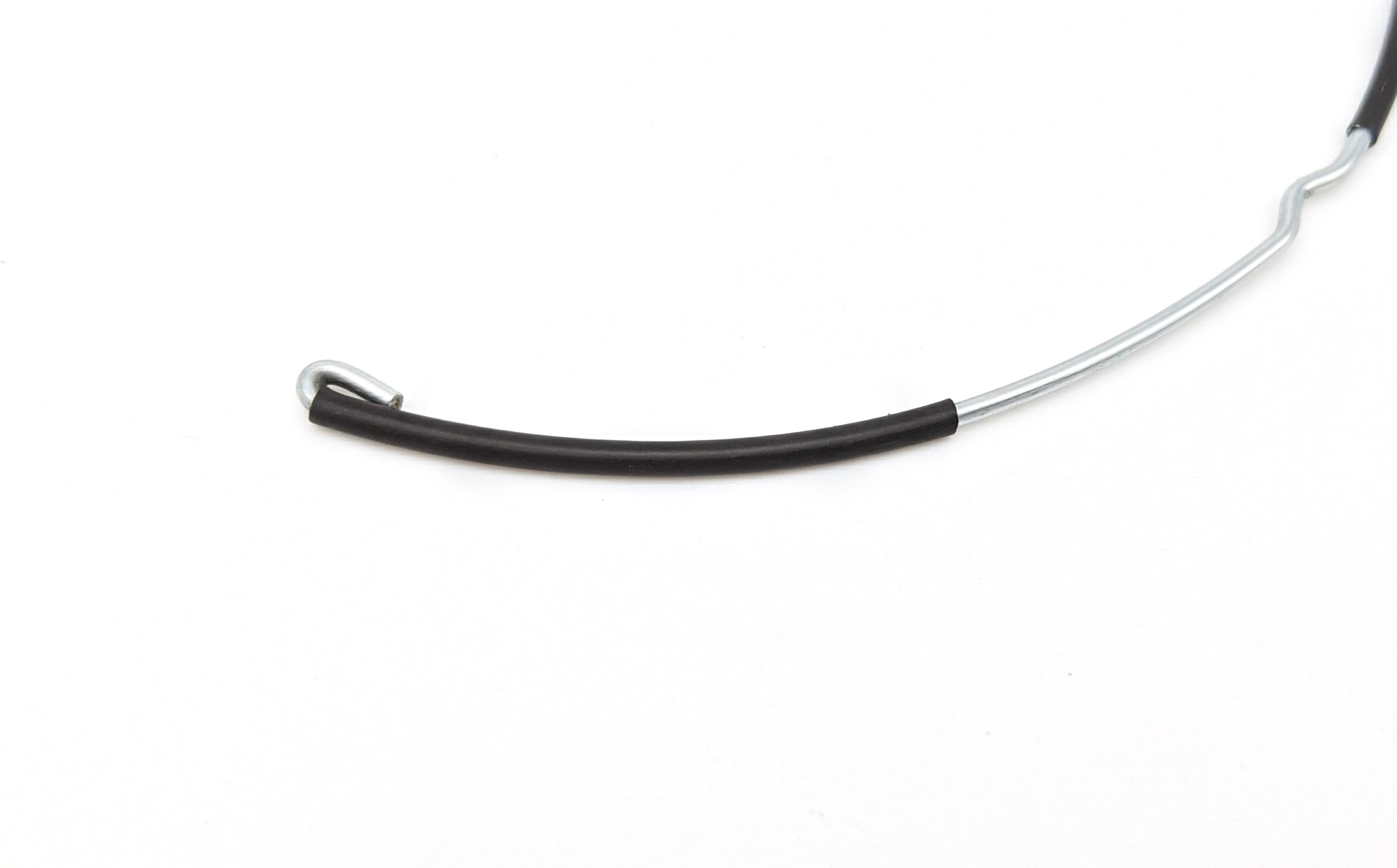Get unique, complex parts easily. No matter your requirements, Chaoyi Spring creates hard-to-produce coil springs and wire forms.
Let us help you create the custom wire form you need, from S-hooks and J-hooks to utility hooks and more.
We work closely with customers across a wide range of industries, helping them design and manufacture made-to-order parts.
Why choose Chaoyi Spring? We prioritize customer-focused collaboration, modern equipment and the latest technology to make your parts per print.
Find the information and guidance you need, from measuring a spring to learning about materials, placing an order and much more.
When it comes to automotive repair, working with coil springs can be a daunting task. These powerful components require specialized tools for safe and efficient manipulation, and a coil spring


When it comes to automotive repair, working with coil springs can be a daunting task. These powerful components require specialized tools for safe and efficient manipulation, and a coil spring compression tool is an absolute necessity. This comprehensive guide will delve into the world of coil spring compression tools, exploring their types, how they work, safety precautions, and the crucial factors to consider when selecting the right tool for your needs. Whether you're a seasoned mechanic or a DIY enthusiast, understanding these tools will empower you to tackle spring-related repairs with confidence and precision.

Coil springs are essential components in vehicle suspension systems, responsible for absorbing shocks and providing a smooth ride. However, working with these powerful components can be risky if not handled correctly. This is where coil spring compression tools come into play. These specialized tools allow you to safely compress the spring, enabling you to remove or install other suspension components without the risk of the spring suddenly expanding and causing injury.
Coil spring compression tools come in various designs, each with its own advantages and disadvantages. Here are some of the most common types:
These tools are typically made from heavy-duty steel and feature a C-shaped frame that clamps onto the spring. They're relatively simple to use, but may require more force to compress the spring.
Telescoping tools utilize a telescopic design that allows for precise adjustment and secure clamping of the spring. They are often favored for their versatility and ease of use.
Hydraulic compression tools offer a powerful and controlled method of compressing the spring. They use hydraulic pressure to generate significant force, making them ideal for heavy-duty applications.
Air-powered tools provide a more efficient and convenient way to compress springs, utilizing compressed air to generate the required force. However, they are generally more expensive and require a dedicated air compressor.
The principle behind coil spring compression tools is straightforward. They create a controlled force that compresses the spring, reducing its overall length. This allows you to safely remove or install other suspension components, such as shock absorbers or struts, without the spring suddenly expanding and causing injury.
Working with coil springs can be hazardous if proper safety precautions aren't taken. Always prioritize safety and adhere to these essential guidelines:
Ensure you have the correct tool for the specific spring you are working with. The wrong tool can result in damage to the spring or injury to you.
Always use jack stands to support the vehicle firmly and safely. Never rely solely on a jack for support.
Before using a compression tool, release any tension on the spring by removing the suspension component it's connected to.
Compress the spring slowly and carefully, ensuring that the tool is properly positioned and the spring is evenly compressed.
Always have a helper present to assist you and provide extra safety.
Selecting the right compression tool depends on several factors, including the type of spring, its size, and the specific job you're performing. Here are some key factors to consider:
The tool's capacity should match the spring's size and force required to compress it.
Different compression tools are designed for specific spring types, such as coil springs, torsion bars, or leaf springs.
Choose a tool that is easy to operate and maneuver, especially if you are not an experienced mechanic.
To ensure the longevity and performance of your compression tool, it's essential to follow these maintenance guidelines:
Periodically inspect the tool for signs of wear and tear, such as cracks, dents, or loose parts.
Clean the tool after each use and lubricate moving parts regularly to prevent corrosion and ensure smooth operation.
Store the tool in a dry and clean environment to prevent rust and damage.
Coil spring compression tools are indispensable for anyone tackling automotive suspension repairs. By understanding the different types, their operation, and safety precautions, you can confidently handle these powerful components. Remember to always prioritize safety, select the right tool for the job, and maintain your tools properly to ensure a smooth and successful repair process.
Investing in a high-quality compression tool can significantly enhance your ability to work on suspension systems, making repairs safer, more efficient, and less prone to errors. Embrace the power of these specialized tools and elevate your automotive repair skills to a new level.
Browse some of the custom wire forms and springs that we manufacture. Don’t see what you need? We specialize in made-to-order products that meet your application requirements.
Visit Our GalleryNeed a custom wire form or coil spring? We make it work. Fill out the contact form and a representative will respond within 1 business day. If you have a PDF or CAD file, you can submit to request a quote.